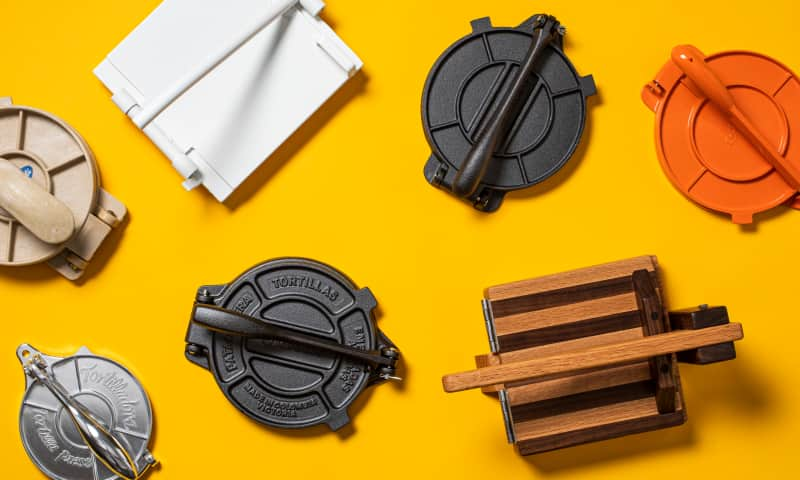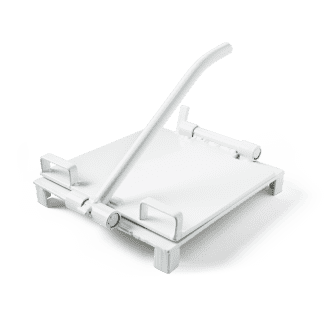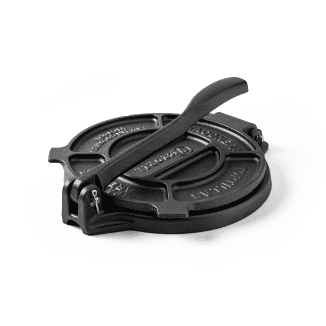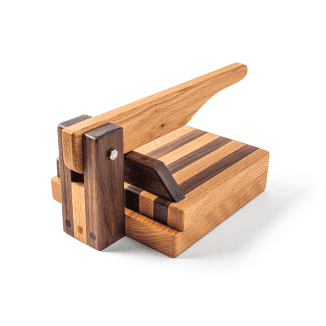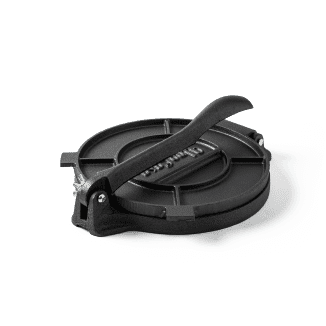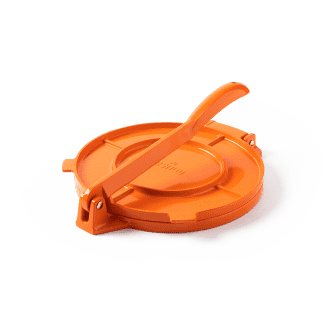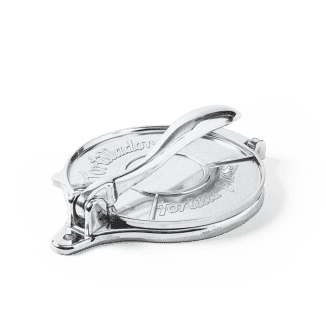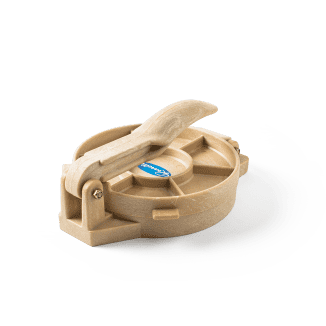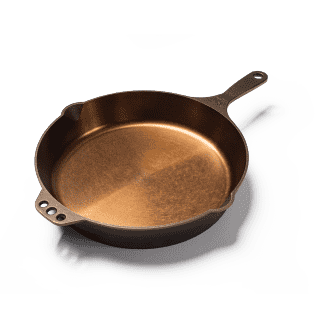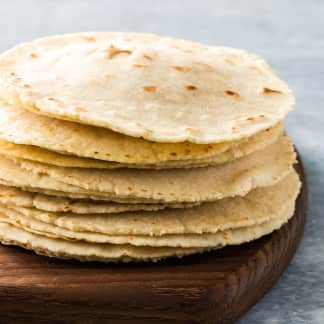A good tortilla press should do most of the work for you, cranking out consistently sized corn tortillas every time—without requiring too much elbow grease. Our winning model, the Doña Rosa x Masienda Tortilla Press, combines heft with a thoughtful design that makes it easy to apply steady, even pressure and form perfect tortillas. We also loved the less expensive Victoria 8in Tortilla Press, which offers wide plates that prevent dough from squeezing out the sides and a compact size that makes for easy storage.

People have been making corn tortillas by hand for millennia, but tortilla presses, or tortilladoras, were patented in the early 20th century to standardize and streamline tortilla making. These simple devices generally consist of two flat plates that are joined by a hinge and a handle. The plates can be made from metal, wood, or even plastic. The top plates of most presses feature a raised ridge that acts as a fulcrum when the handle is pressed down, helping distribute the weight evenly across the entire top plate. To press a tortilla, you place a ball of masa on the bottom plate and then push down on the top plate, using the handle to apply even pressure.
What makes a good tortilla press? We spoke to Lesley Téllez, a Mexican American recipe developer, journalist, and cookbook author, about what qualities she looks for in a press, and we kept an eye out for them in our testing. The most important factor she identified was weight; she recommended a press with enough weight to produce an evenly thin tortilla. She also recommended paying attention to the size of the press: Larger presses provide more sizing options when making tortillas. Bearing these tips in mind as we started testing, we soon learned that not all presses are created equal.

We pressed more than 100 tortillas to find what qualities make for the perfect press. Some presses allowed us to create flawlessly even tortillas that cooked up beautifully, while some presses churned out mangled messes.
What to Look For
- Heavy Metal or Wood: We got the best results from the heavier presses in our lineup, which were made from cast iron, steel, or wood. You don’t need to use as much force when working with a heavier press because the weight of the top plate does the work for you.
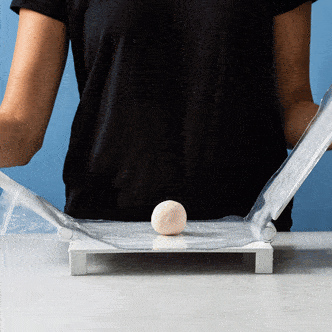

Our favorite metal and wood presses, such as the one on the left, were heavy enough to create thin, even tortillas without us having to work hard. Less reliable presses—including the plastic model on the right—didn't provide enough pressure, making thick, unusable disks of dough.
- Wide Plates: We preferred models with plates that were at least 8 inches wide, but the wider, the better. Wider plates allowed the tortillas to spread evenly without threatening to ooze out the sides. We used the presses to make 5.5-inch corn tortillas, but we appreciated having the option to make larger tortillas. Models with wider plates also kept the dough balls in place as we pressed; on these models, the distances from the hinges to the centers of the bottom plates are longer, so the top plates approach the dough balls from the top as the pressing starts, thereby anchoring the dough balls in place. Conversely, the top plates of smaller presses made initial contact with the sides of the dough balls, pushing them off-center and creating mangled tortillas.
- Smooth Material: We had the most success with models made of smooth metal or wood because their handles slid easily over the raised ridges when we pressed, helping ensure steady, even pressure and flat tortillas.
- Long Handles: Handles that were at least 10 inches long were easy to securely grip. They also created more leverage when we pressed, keeping us from having to push too hard to create thin, even tortillas.

We preferred presses with longer handles, which allowed us to create more leverage as we pressed down, as opposed to shorter handles, which didn't create enough leverage to make pressing easy.
Nice to Have
- Folding Handles: If your storage space is limited, we suggest opting for a press with a handle that lies flat so that you can store it easily in a drawer or cabinet. Presses that were no more than 3 inches tall when laid flat were the easiest to store.

Our favorite presses are effective yet bulky. If you're low on storage space, opt for a more compact press with a lay-flat handle, which can fit in most drawers or cabinets.
What to Avoid
- Aluminum or Plastic: Presses made from lighter materials such as aluminum or plastic didn’t provide enough heft, so we found ourselves having to exert more energy to press tortillas to our desired thickness and width. Lighter presses routinely resulted in smaller, thicker tortillas (as small as 3 inches wide) that were difficult to cook all the way through.
- Small Plates: The plates of one lighter model were only 6.25 inches in diameter. While using this model, we couldn’t create a standard 5- to 6-inch corn tortilla unless we centered the dough on the bottom plate perfectly. If the ball was even a little off-center, dough would ooze out the sides.
- Rough Material: The surfaces of one cast-iron press were quite bumpy and rough, and this roughness prevented the handle from gliding smoothly against the top plate’s ridge, resulting in misshapen tortillas.
- Make Corn Tortillas
- Make Corn Tortillas, excluding the vegetable oil (to see how the presses fared with dough prepared with no added fat)
- Open, close, and press down each press an additional 100 times
- Wash each press 10 times
